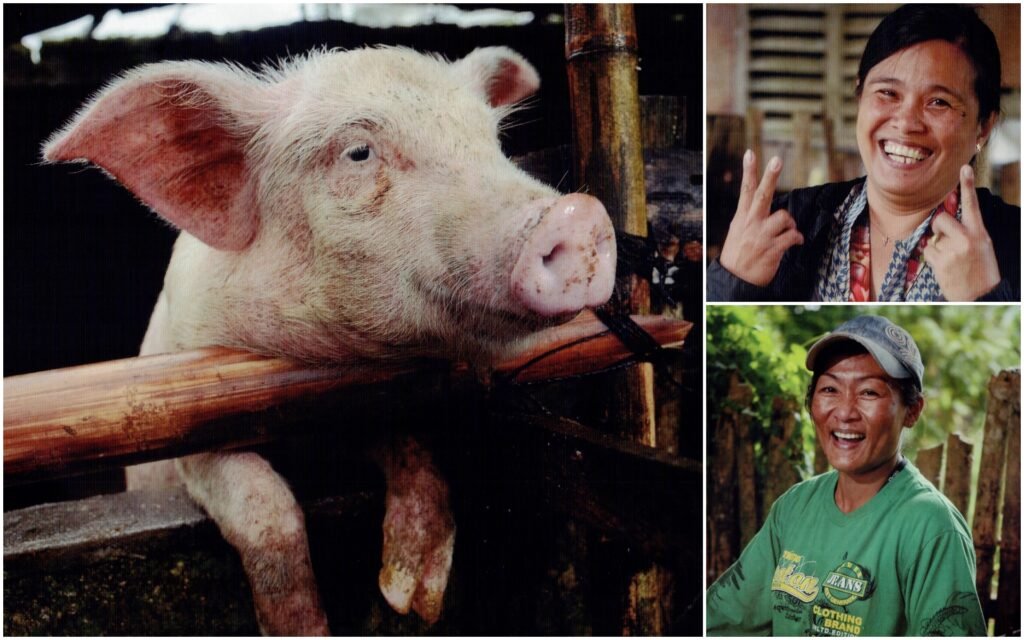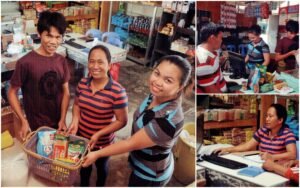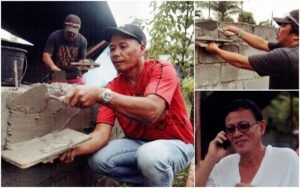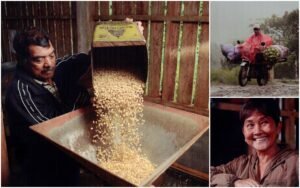
Dole’s rank-and-file workers find success in livestock raising.
Nora F. Talisay spends most of her day applying fertilizer to banana plants at the Expansion 5 Dole Stanfilco plantation in Tagugpo, Compostela Valley Province. It is a taxing job that requires a lot of physical strength and stamina, but despite this she still finds time to care for her small backyard piggery after work and on her days off.
“We’ve had a total of 41 piglets from our sow,” she proudly says. “The first time we had 12. The next time it was 10, then 11. This time we have eight.” Selling at up to P 2,000 each, the piglets have brought substantial income to the Talisay household. No wonder, then, that Nora keeps her sunny disposition at her piggery even after a hard day at the fields.
Hog raising is a very popular backyard industry in the Philippines, with many families engaging in it either for additional income or as a main source of livelihood. It is simple to manage, requires relatively small space, and is very profitable. It’s an ideal business venture for those who are willing to put in the needed time and effort.
In 2010, the management of Dole Stanfilco Expansion 5 through Kasilak Foundation came up with the idea of giving female piglets to rank-and-file employees for income augmentation. “Kasilak made a study and found that hog raising would be good for the employees,” says farm clerk Evangeline Bayate, who handles the program. “They could do it in their spare time or have their family members take care of the pigs.”
The hog dispersal program began with four employees getting one female piglet each. “The piglets were given for free but the recipients were told that they would be responsible for everything needed to grow them until they are able to bear offspring,” Evangeline says. Each of the employees would build a pig pen, feed the pig, and handle all the other day-to-day necessities. They would also have to find a mate for it when the time comes.
While much work needed to be done, the incentive was also very high for the employees: the original pig would be theirs to own as well as all offspring — except for two that they had to turn over to the company as payment. “These two new piglets would in turn be given to other rank-and-file employees so they can have a chance to have their own small business,” Evangeline says.
The response from the rank-and-file has been very encouraging. From the original four recipients in 2010, a total of 69 rank-and-file have now availed themselves of the hog dispersal program. Of these, 35 have already turned over their two piglets each.
Growing pigs is not without challenges, however. “We have had cases in which the employees have asked for leeway because their pigs bore only a few piglets,” Evangeline says. “Also, five of the pigs we’ve given died before they could give birth.”
“Despite these challenges,” Evagenile adds, “the program has been growing strong and the employees have been appreciative of it. They have reported an increase in their income and their lives have been made a little better.”



